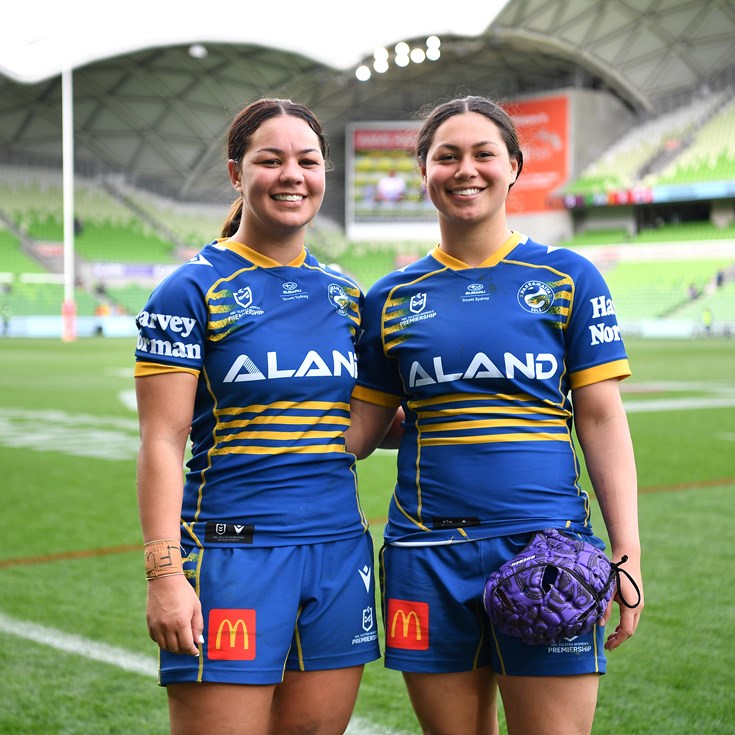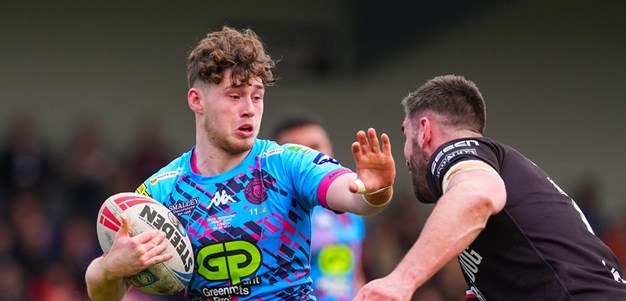

We all know that injuries in sports, especially heavy-contact sports like rugby league, are a given – there is almost an expectation that a player will at some point in their career be affected. We watch the slow-mo, zoomed-in annotated replays of the moment of impact, and listen to panels of experts discuss the medical ramifications and likely team restructuring that will be necessary as a result.
Never is much dwelt on about the personal costs of major injury on a player though; often there is a family, and possibly an entire future involved.
The Wests Tigers are in the midst of probably the worst injury crisis the club has had since becoming a joint venture in 1998 – possibly even before. Lote Tuqiri has had a horror two years with arm injuries – the 33-year-old has spoken openly about wanting to exit the game on his terms and we all hope for his sake he makes it back this year and does exactly that.
Tuqiri is just one on a long list of Tigers in rehab. Braith Anasta is about to come off that list and in a huge boost for the struggling club makes his return from a groin injury on Friday against the Cowboys.
It was a powerful image last Friday night of the injured Tigers, including Anasta, watching on as their teammates got flogged by the Rabbitohs. It got me thinking – is it harder to be on the field copping a 50-odd-points belting, or harder to be helpless on the sideline?
When thinking of a player to speak to about the frustrations of prolonged time on the sidelines, I couldn't look past Canberra captain Terry Campese. It's hard to think of someone who has been more affected by injuries in recent years, or someone who has had more bad luck. He's had two knee reconstructions in as many years – and has only recently made his return from the latest surgery back in April of last year.
Campo says regardless of the team's form, it's extremely difficult watching from the sidelines; the helplessness when they're struggling on the field is tough. “All you want to do is be able to run out there and help them,” he says, before quickly adding: “But when they're winning it's tough, too – you're always happy but it's just not the same when you aren't out there contributing to it.”
Having spent the better part of the past two seasons off injured, the classy five-eighth knows a thing or two about rehab. “Rehab isn't easy - you're training harder than the guys who are fit,” he says. “It's like doing 12 months of pre-season training – and that's intense.”
The support of his family and the Raiders is what got the 28-year-old through the toughest two professional years he's known. “'Family and kids are great – once I get home there's not much time to think about things and worry. They're a great distraction.”
Similarly, the club plays a huge role in a player’s rehabilitation – and not just in a medical sense. “You really need to believe in what the club is doing and trust their medical experts. You need to be reassured that what you're doing is the best thing for you – that the club has your best interests at heart and that you will get back to as close to 100 per cent as possible.” In fact that's what Campese says is the hardest thing about being injured – especially when the injury is so serious.
“Not knowing whether or not you'll get back to your best form is terrifying. I'm still scared that I might not, Erin. It's the hardest question you ask yourself through all the tough days – will I get back to being as good as I was, and will I still be able to reach my potential?”
Broncos superstar Jharal Yow Yeh could relate to that. It's not easy to forget the image of him shattering his leg – doctors likened the extent of his injury similar to that suffered by car crash victims. It happened early last year and many medical experts said at the time he'd never run again. It's taken a long time and no doubt a lot of hard work – but Yow Yeh made his third grade return just a few weeks ago. It will be months before we may see him back in the NRL, but the determination and grit he's shown so far have most people believing he'll get there.
So to the NRL players doing it tough in physio, chiro, rehab and recovery – we all salute you. To the people who say these players get paid too much to “run around and chase a ball” – try enduring two knee reconstructions in two years... or torn pectorals... ACLs... bicep tears... or if you're lucky constant hamstring strains... sore muscles... bruising, blisters – and then get back to me.



